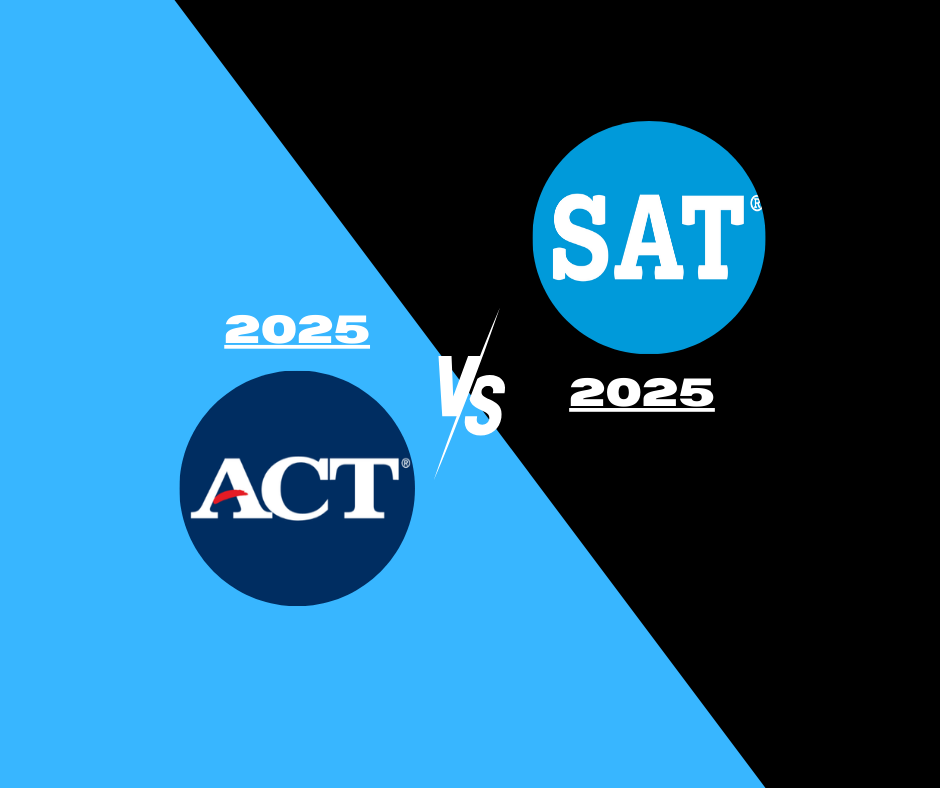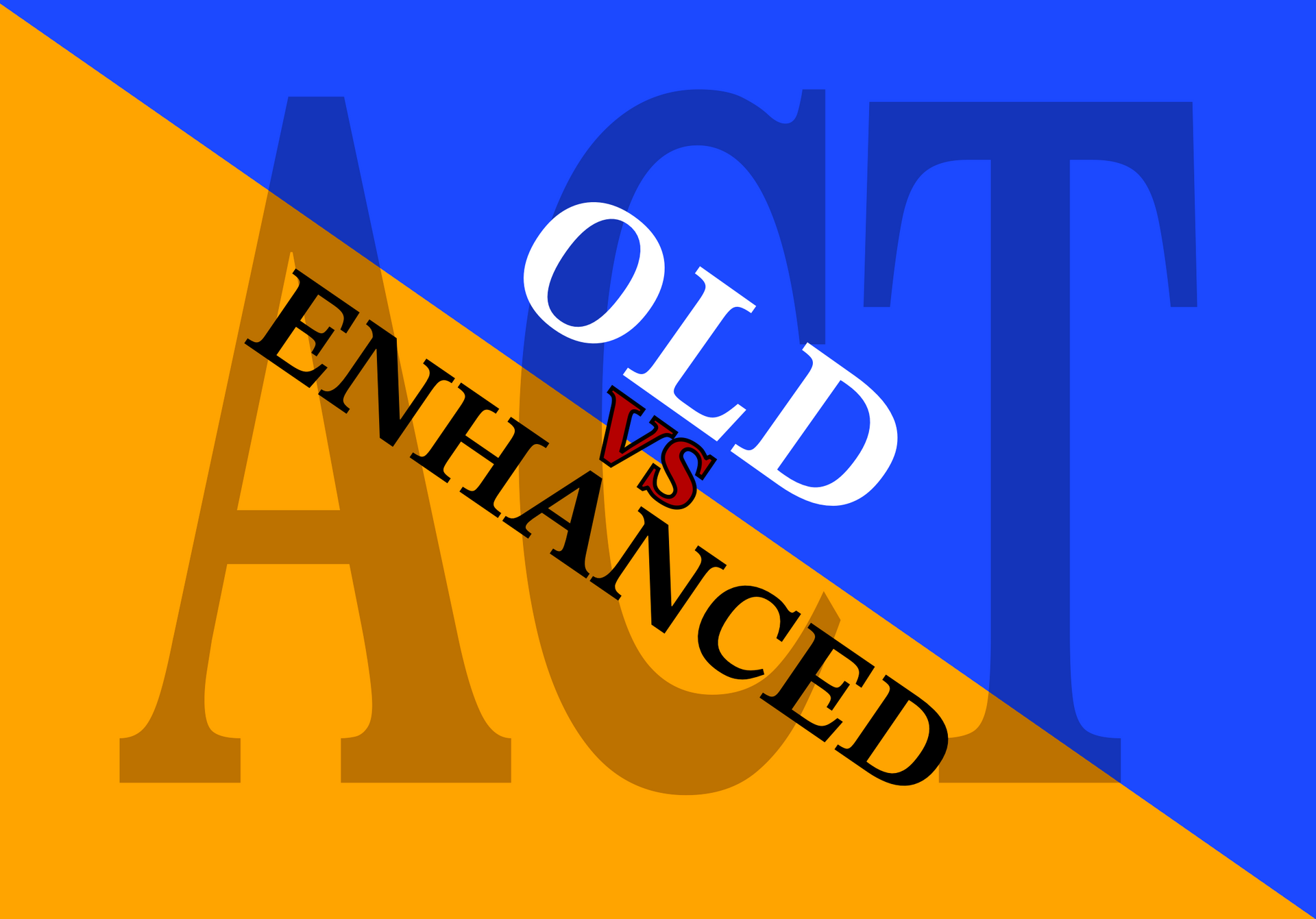ACT or SAT: Which Is Best for You?
ACT or SAT: Which is Best for You?
Deciding whether your child should take the ACT or SAT can feel overwhelming. Both are widely accepted by colleges, but the exams differ in format, pacing, and style. The right choice often depends on the way your child learns, how comfortable they are with technology, and where their academic strengths lie. While practice tests remain the best way to determine which exam is the better fit, understanding the differences is a good place to start.
In general, the ACT is considered a more knowledge-based, straightforward exam. Its questions are direct, and the structure does not change based on student performance. This can appeal to students who prefer predictability and who thrive under consistent conditions. The SAT, on the other hand, leans into adaptivity and abstraction, rewarding students who are strong problem-solvers and can think critically in less predictable situations.
The format and scoring systems are the first major distinctions. The ACT can still be taken on paper or digitally. It is linear—every student answers the same set of questions—and it is scored on a 36-point scale. The composite ACT score is the average of English, Math, and Reading, while the optional Science section is reported separately. On the other hand, SAT is now fully digital and adaptive and no longer offered on paper. This means that each section is split into two modules, and the difficulty level of the second module depends on how the student performs in the first. The SAT is scored on a scale of 1600, with up to 800 points each in Reading & Writing and Math.
The English and reading sections also highlight some of the philosophical differences between the two exams. The ACT combines a traditional English test with a Reading test. The English portion consists of 50 questions based on passages where students must correct grammar, punctuation, or word choice, and identify rhetorical effectiveness. The Reading section includes four passages, each followed by a set of questions, most of which can be answered directly from the text. In contrast, the SAT integrates Reading and Writing into two large modules with 54 questions each. Each question is tied to a short passage, ranging from vocabulary-in-context questions to those requiring logical reasoning or interpretation of data from a graph or chart. Students are asked to demonstrate not just grammar knowledge, but also higher-level problem-solving and critical thinking.
When it comes to math, the two tests diverge even further. The ACT math section is a single, non-adaptive test with 45 multiple-choice questions, each offering four answer choices. The content ranges across algebra, geometry, trigonometry, and pre-calculus, with about 15–20% of the problems appearing as word problems. Calculators are permitted throughout, and success often depends on a solid foundation in procedural skills and the ability to work quickly. The SAT math portion, however, is broken into two adaptive modules of 22 questions each, for a total of 44. Roughly one-quarter of these require students to produce their own responses rather than choose from multiple-choice options. While students only need a background up through Algebra II, the SAT often asks more abstract questions, requiring deeper conceptual understanding rather than straightforward application.
The timing of the tests further influences the student experience. The ACT allows between 42 and 67 seconds per question, depending on the section, which makes it a faster-paced exam. Students who are strong readers and can process information quickly often find this structure more manageable. The SAT, by comparison, allows more time per question—about 71 seconds for Reading and Writing and 95 seconds for Math. This slower pace can benefit students who prefer to work carefully and think through problems, though the adaptive format means the questions can become more challenging as the test progresses.
In the end, there is no one-size-fits-all answer. Both the ACT and SAT assess similar core skills in reading, writing, and math, and colleges view them equally. The key is finding the test that best matches your child’s strengths and test-taking style. The most reliable way to do this is to have your child take a practice version of each test under timed conditions. By comparing the results—and noting which experience felt more natural—you can make a confident decision.
Colleges will accept either score, so what matters most is ensuring your child has the opportunity to showcase their abilities in the format that suits them best.
Need help figuring out which test is right for your child—and how to prepare for it?
At Homework Hub, we offer full diagnostic ACT and SAT practice testing, score analysis, and tutoring to support your student every step of the way. Our experienced test prep coaches will help identify strengths, build confidence, and develop a personalized plan for success—no matter which path your child takes.
Call 631-673-7250 or Text 516-423-2543 to get started.
Visit us online at https://www.homeworkhubtutoring.com/act/sat-elite-test-prep to learn more.










